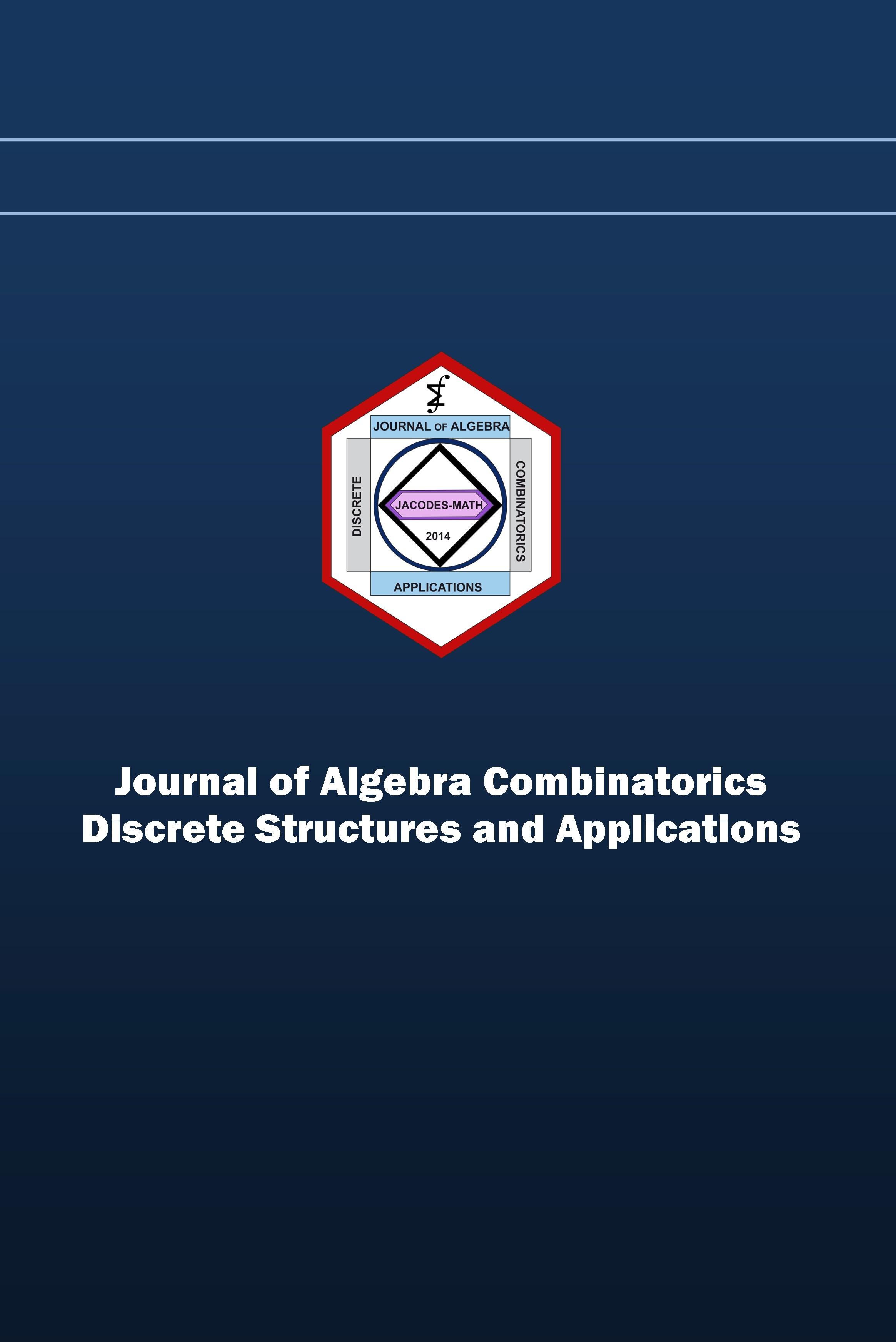Commuting probability for subrings and quotient rings
Commuting probability for subrings and quotient rings
Commuting probability Subring, Quotient ring,
___
- [1] S. M. Buckley, Distributive algebras, isoclinism, and invariant probabilities, Contemp. Math. 634 (2015) 31–52.
- [2] S. M. Buckley, D. MacHale, Commuting probabilities of groups and rings, preprint.
- [3] S. M. Buckley, D. MacHale, Á. Ní Shé, Finite rings with many commuting pairs of elements, preprint.
- [4] J. D. Dixon, Probabilistic group theory, C. R. Math. Acad. Sci. Soc. R. Can. 24(1) (2002) 1–15.
- [5] P. Erdös, P. Turán, On some problems of a statistical group–theory, IV, Acta Math. Acad. Sci. Hung. 19(3) (1968) 413–435.
- [6] R. M. Guralnick, G. R. Robinson, On the commuting probability in finite groups, J. Algebra 300(2) (2006) 509–528.
- [7] K. S. Joseph, Commutativity in non–abelian groups, PhD thesis, University of California, Los Angeles, 1969.
- [8] D. MacHale, How commutative can a non–commutative group be? Math. Gaz. 58(405) (1974) 199–202.
- [9] D. MacHale, Commutativity in finite rings, Amer. Math. Monthly 83(1) (1976) 30–32.
- [10] D. Rusin, What is the probability that two elements of a finite group commute?, Pacific J. Math. 82(1) (1979) 237–247.
- Başlangıç: 2015
- Yayıncı: İrfan ŞİAP
On the graded identities of the Grassmann algebra
Commuting probability for subrings and quotient rings
Stephen M. BUCKLEY, Desmond MACHALE
Codes and the Steenrod algebra
Steven T. DOUGHERTY, Tane VERGİLİ
Properties of dual codes defined by nondegenerate forms
Codes over an infinite family of algebras
- IRWANSYAH, İntan MUCHTADİ-ALAMSYAH, Ahmad MUCHLİS, Aleams BARRA, Djoko SUPRİJANTO
The extension problem for Lee and Euclidean weights
Philippe LANGEVİN, Jay A. WOOD
Noha ABDELGHANY, Nefertiti MEGAHED
On some radicals and proper classes associated to simple modules
Septimiu CRİVEİ, Derya KESKİN TÜTÜNCÜ
